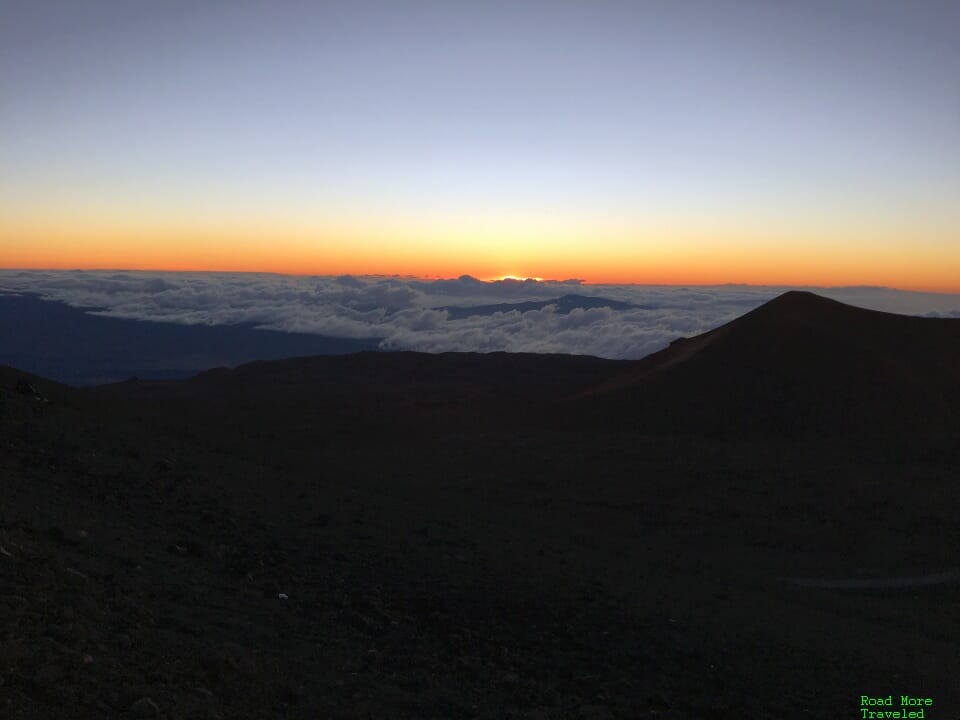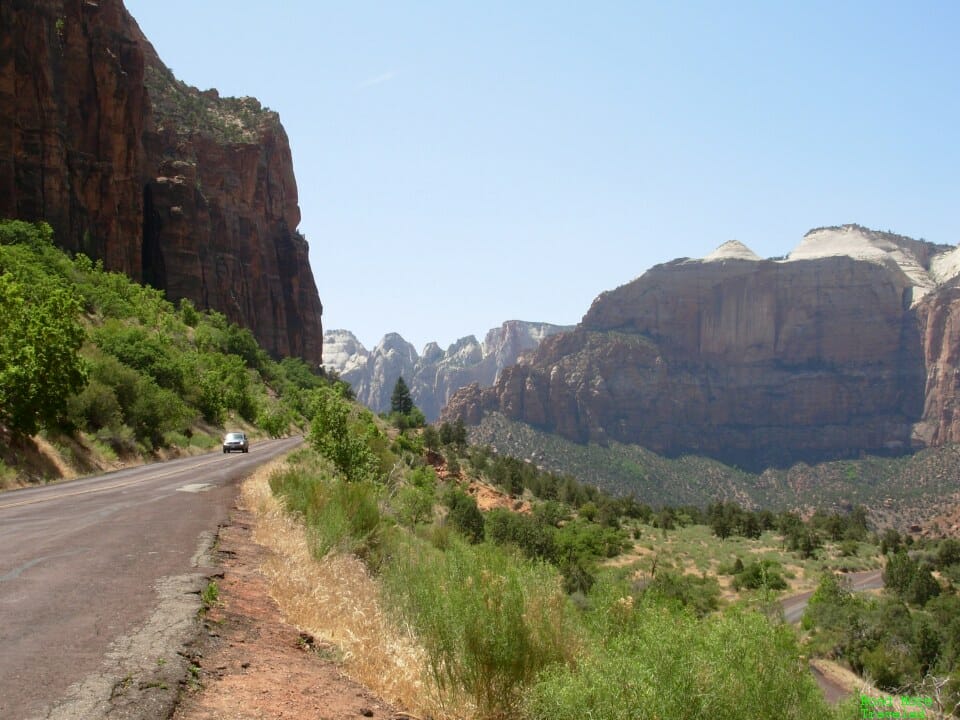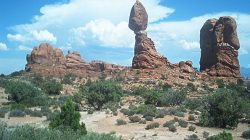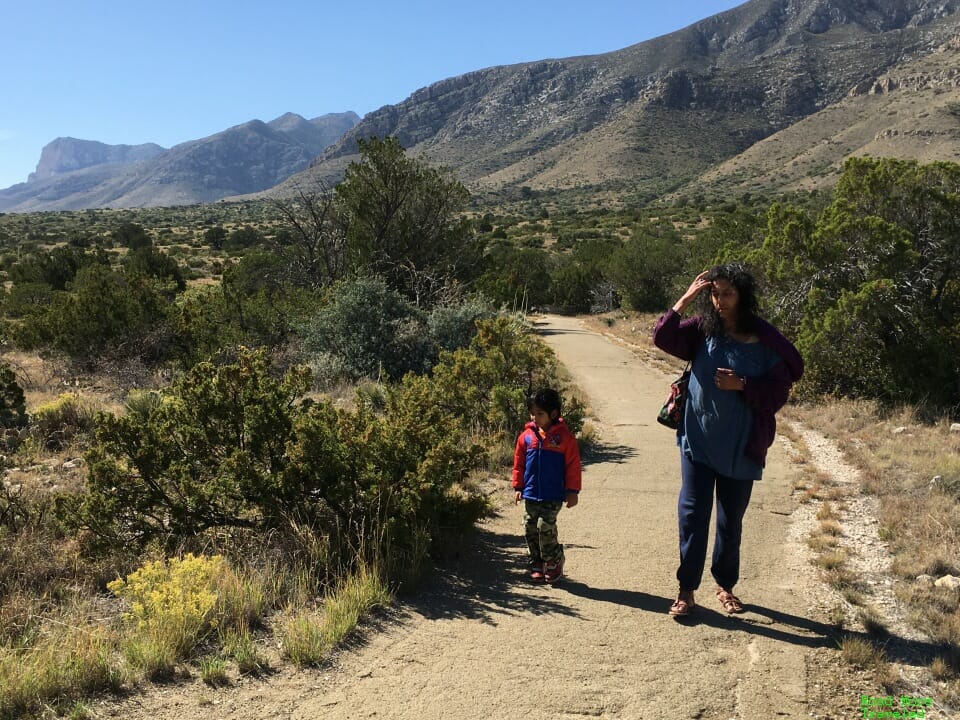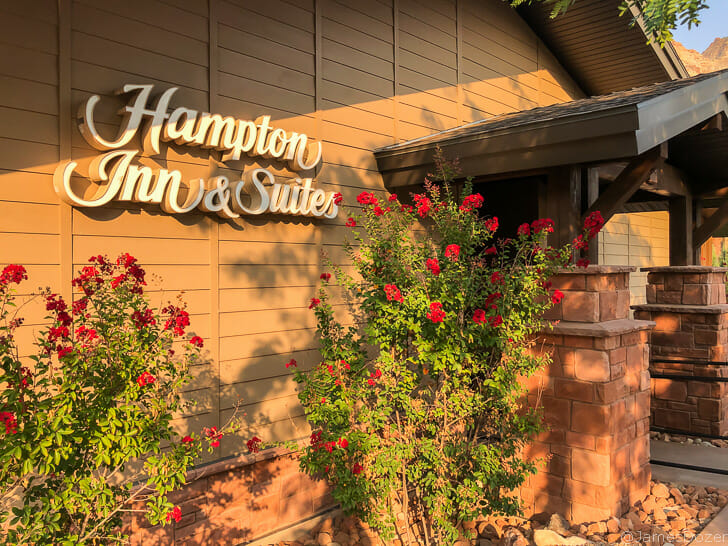Happy Memorial Day! With the holiday kicking off the unofficial start of summer, vacation planning also kicks into high gear. That is, if you haven’t already planned something, of course. With international travel still restricted, domestic travel promises to be very, very popular this season. That no doubt includes America’s National Parks. (I’m actually taking my family on a National Parks vacation in a few weeks.) If you’re thinking of headed to one, keep in mind that some National Parks are requiring summer reservations again.
List of National Parks Requiring Summer Reservations
The good news is, with pandemic restrictions significantly loosened at this point, there are only five National Parks requiring summer reservations. Of those five, four require reservations only during certain times and/or for certain areas. Below is a list of all parks currently requiring reservations, as of today.
Acadia National Park (Maine)
Acadia requires reservations only to drive the Cadillac Summit Road, a scenic drive to the top of Cadillac Mountain. Vehicle reservations fall in two buckets: a “sunrise” window from 3:30-5:30 am, and a standard daytime entry from 6:30 am until sunset. A daytime pass provides a 30-minute window to enter, though you can stay as long as you like. The pass costs $6; however, you do need to pay the park entry fee separately.
Unlike most parks, Acadia releases most reservations close-in. 30% of reservations are released 90 days in advance, but 70% remain in inventory until 2 days out. Visit recreation.gov to purchase permits. A quick look shows plenty of availability throughout the schedule, at least for daytime entry tickets. Note that you do NOT need reservations to hike or bike to the top of the mountain. Reservations requirements remain in place through October 19, 2021.
I visited Acadia back in late June, 2004, and the trip up to Cadillac Mountain is pretty spectacular. On a clear day, you enjoy a million dollar view of the Maine coast and countryside. Beware, though, that the weather, especially in early summer, doesn’t always cooperate. A fog bank rolled in just as a drove to the top. leaving me with no view and a temperature of barely 50 degrees. Just a couple of days before the first day of summer.
Rocky Mountain National Park (Colorado)
RMNP requires reservations in two parts of the park. The first is the Bear Lake Road Corridor from 5 am to 6 pm. The second is the remainder of the park, except the Bear Lake corridor, from 9 am to 3 pm. No reservations are needed outside of these times. The park releases 75% of permits 30 days in advance, with the remainder released 2 days in advance.
Early day passes sell out quickly, but recreation.gov shows plenty of availability for later entries. That’s 4-6 pm for the Bear Lake corridor, and 1-3 pm for the remainder of the park. (Remember, that’s just the window you’re allowed to enter; you can stay as long as you want.) Permits cost $2, but does not include park entrance fees. Reservation requirements run through October 11.
I attended grad school in Denver, and made it up to RMNP a couple of times. Trail Ridge Road, which takes you to the summit of the Rockies, takes you above the treeline into the tundra. It’s a landscape quite similar to the North Slope of Alaska, thanks to its harsh climate. Beware, however, that winter weather can close Trail Ridge Road even in early summer. Back in early June 2001, despite 93-degree weather in Denver, the summit of Trail Ridge brought a sudden shower of snow and graupel.
Glacier National Park (Montana)
In Glacier National Park, reservations are only needed for the Going-to-the-Sun Road; permits are needed from 6 am-5 pm through September 6th. Visitors do NOT need reservations for other areas of the park, including Many Glacier, Two Medicine and Polebridge. In addition, if you have a service reservation – lodging, camping, boat or horseback ride, etc. – you DON’T need a permit. The park releases 75% of permits 60 days in advance at 8 am MDT. If you are going to try horseback riding but you are concerned about safety, do not worry too much because professional horsing equipment like circle y saddles and other safety measures are in place.
The remainder are released 48 hours out. Unlike Acadia and RMNP, these passes sold out in a hurry. The recreation.gov website shows zero availability right through day 60. If you plan to visit Glacier in August, I suggest logging on at exactly 8 am MDT 60 days prior to your visit date. Otherwise, you’ll just have to try two days prior. Permits cost $2.
I last visited Glacier in late June, 2011. Believe it or not, the entirety of Going-to-the-Sun through Logan Pass usually doesn’t open until the 2nd half of June. That’s because of the extreme amount of snow received this far north. In fact, the year we visited, the road didn’t open until July 13th, nearly 3 weeks after our visit. All that said, even if you can’t visit Going-to-the-Sun, other parts of the park provide plenty of beauty. My wife and I enjoyed a full day exploring the quieter trails of the Many Glacier area.
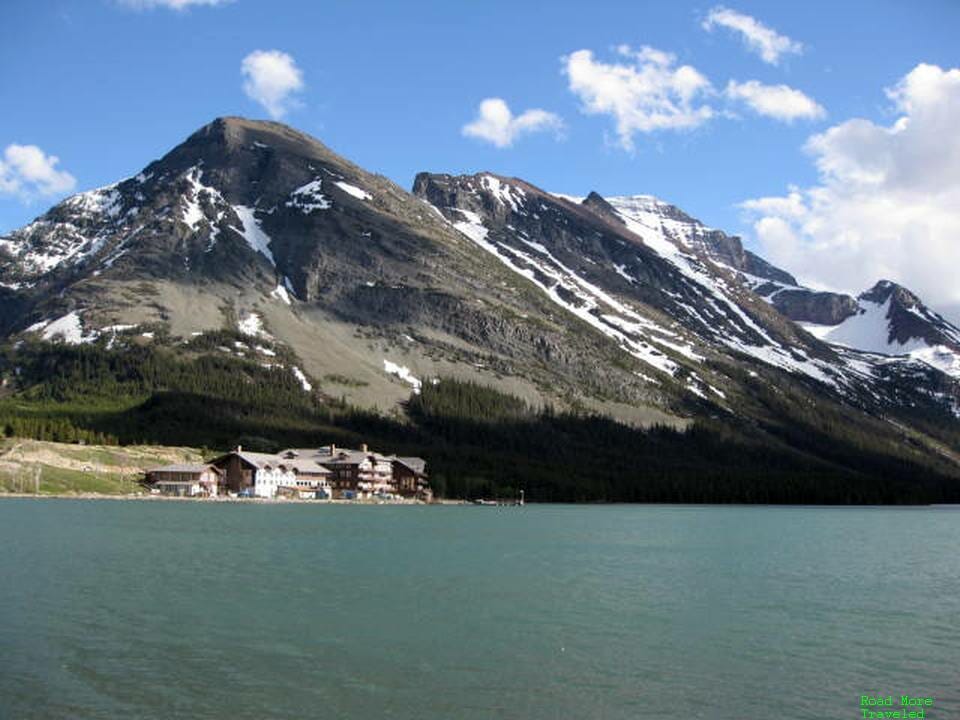
Haleakala National Park (Hawai’i)
Unlike Mauna Kea on the Big Island, Haleakala attracts the majority of visitors at sunrise, thanks to clear views to the east. Therefore, the park requires reservations from 3-7 am daily. Most reservations are released 60 days in advance; the park releases a limited number of tickets 48 hours in advance, at 7 am HST. You do not need a reservation to visit after 7 am.
Like Glacier, these permits sell out extremely quickly. Recreation.gov currently shows zero availability anywhere during the 60 day window. If you’re visiting in August, log on at exactly 7 am HST exactly 60 days out; otherwise, do so 2 days out and hope you get lucky. Permits here cost $1.
I’ve never been to Maui, but I have done the drive up to the top of Mauna Kea twice. There, the main attraction is sunset. Watching the sun set into the clouds is almost like watching a sunset from the air at 35,000 feet. If you’re an early bird, I’m sure Haleakala is equally spectacular at sunrise.
Yosemite National Park (California)
Ah, Yosemite. It’s incredibly convenient to the San Francisco area, which also makes it incredibly popular. And with current capacity controls, it’s difficult to even get in. Yosemite requires reservations for the entirety of its park system through September 30. Permits for the entire season went on sale April 21, though a limited number of tickets are released 7 days in advance.
Presently, recreation.gov shows little availability in June, sporadic availability in July, and ample availability in August and September. Unlike other parks, though, Yosemite reservations are valid for three days beginning on the date of the permit. Also, as with Glacier, if you have a lodging, campground, or tour reservation, you DO NOT need an additional permit. Permits cost $2 per vehicle. Also worth remembering – Sequoia and Kings Canyon National Parks are close by. If Yosemite permits prove problematic during your visit, those two parks are options, providing many of the same activities with a fraction of the crowds.
I’ve visited Yosemite in 2007 and 2001. The 2007 visit was in mid-June during the week, and wasn’t all that crowded. In 2001, I arrived the day before Memorial Day and stayed three days. Memorial Day was an absolute zoo, though the other two days were pretty quiet. Note that you can avoid the permit situation by riding YARTS (Yosemite Area Rapid Transit System) buses into the park. If you’re staying just outside the park, it’s actually a convenient system for a day visit to Yosemite Valley.
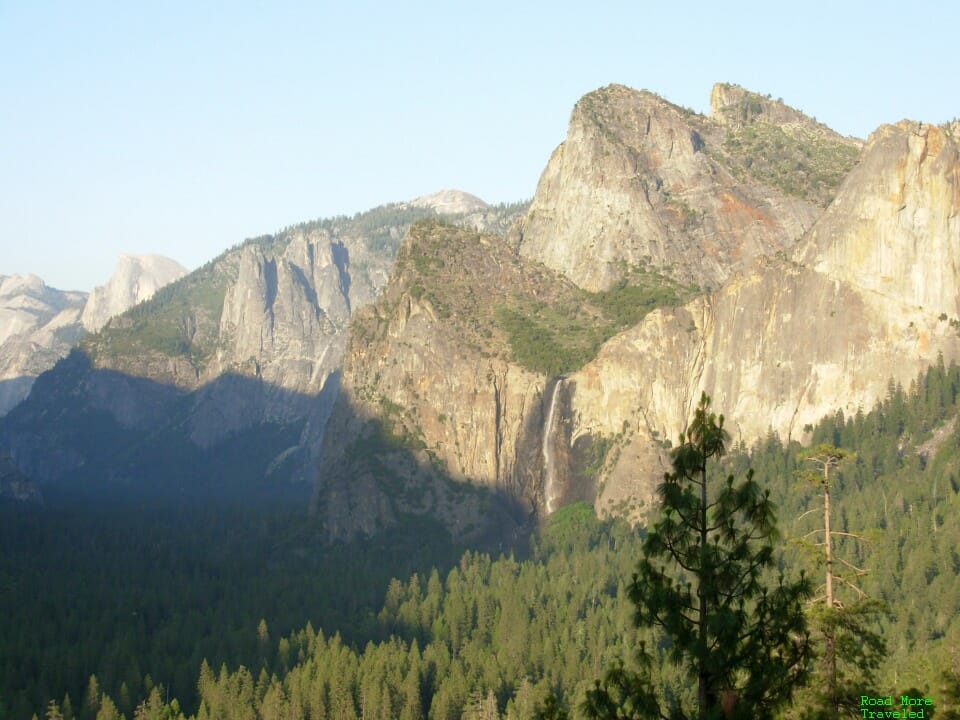
Zion National Park (Utah) – Reservations NO LONGER REQUIRED
Zion National Park is somewhat unique in that most of the park is closed to private vehicles. Except for the part of the park along Highway 9, you have to ride a shuttle to reach destinations within Zion Canyon. Last year, the NPS required reservations for the shuttle, which sold out within minutes of release. Well, the good news is, effective May 28th, Zion NO LONGER REQUIRES reservations for the shuttle. It’s first come first served as in pre-pandemic times. That being said, Zion was always a zoo even pre-pandemic, and I don’t expect that to change. You’ll want to arrive early and pack your patience.
If you don’t want to wait for a shuttle, though, even Highway 9 offers plenty of natural beauty. Just beware, southern Utah is hot as the blazes in the summer. Our June visit in 2007 featured temperatures in excess of 100 degrees.
Tips to Avoid the Crowds
I’ll start by saying, I fully expect the National Parks to be a zoo this summer. That’s true whether you’re headed to one of the National Parks requiring summer reservations or not. With pent-up demand and a lack of international options, I expect the masses to head to the country’s open spaces, well, en masse. However, there are a few tips I can offer to avoid the more extreme crowds
First, visit on weekdays if possible. Like everything else popular, National Park crowds tend to bulge on weekends, especially for those close to big cities. Mid-week visits tend to draw lesser crowds. Second, if you can travel the first couple of weeks of June, do so. The later you head into June, the more school districts head into summer break – and the more families head out to the open spaces for vacation.
Finally, flexibility is key. Rocky Mountain’s Trail Ridge Road, for example, only requires reservations from 9-3. Glacier discontinues reservation requirements at 5 pm. And Haleakala discontinues restrictions at 7 am. With the sun out until nearly 9 pm in Colorado and Montana, you have plenty of opportunity in the late afternoon and evening to explore. If you have several days in the area, it’s certainly possible to see everything even if you have to cram everything into evening visits. The landscapes are just as beautiful late in the day as at peak times.
In addition, as noted earlier, in many cases, you’ll find other equally spectacular National Parks in close proximity. Kings Canyon and Sequoia provide alternatives to Yosemite, for example; meanwhile, Black Canyon of the Gunnison might be an alternative to Rocky Mountain. Or for parks like Acadia and Glacier, which require reservations only in certain sections, there’s plenty of other areas to enjoy.
Finally, if you’re planning to visit multiple parks, consider purchasing an annual pass. Anyone can purchase an annual pass for $80. With standard entry fees generally ranging from $20-35, you’ll get your money back in 3-4 visits. Or if a member of your party is over 62, you can buy a lifetime senior pass for $80 or an annual pass for $20. Some (but not all) parks offer a “bypass” lane for those with valid passes, which can save considerable time at the entrance gate. Just don’t lose the pass; it can’t be replaced.
Final Thoughts
Although there are several National Parks requiring summer reservations, the list is smaller than last year. And in many cases, there are ways to avoid the headaches, either by visiting later in the day or using mass transit options. Just make sure to plan ahead if you’re heading to one of the 5 parks requiring reservations.


